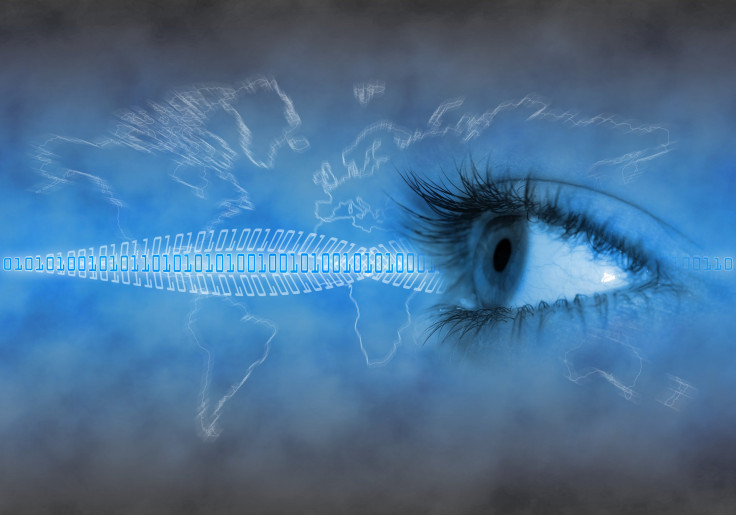‘Artificial Vision’ May Soon Be More Natural; Requires Hitting Precise Retina Cells To Reproduce Shape, Color, And More

In the quest to heal the blind, science continues to encroach on the provenance of miracle workers and mystics as the prospect of curing retinitis pigmentosa moves from science fiction to reality.
The shape, color, depth, and motion of natural human vision may soon be reproduced with prosthetics that stimulate retinal cells with a precision close to the real thing. A team of researchers from Stanford University say they’ve improved the same technology used by the Argus II, a prosthetic built by Second Sight Therapeutics and approved by U.S. regulators for the condition last year.
E. J. Chichilnisky, a professor of neurosurgery at Stanford, says precise electrical stimulation of retinal cells reproduced activity patterns observed when the retina sees a moving object. “We’ve found that we can reproduce natural patterns of activity in the retina with exquisite precision,” he said in a press statement.
Specifically, the researchers focused on parasol cells, a type of retinal ganglion cell associated with the detection of movement and its direction and speed -- the dynamic objects within one’s immediate environment. Knowing these cells activate in waves when tracking an object, the researchers sent pulses of electricity to patches of retina placed on a 61-electrode grid. The parasol cells became apparent among other retinal cells reacting differently to the pulses, with differing levels of stimulation required to activate each kind of cell.
Yet although the reverse-engineering allowed the reproduction of basic retinal response to moving objects the researchers say much work remains in improving prosthetics available now in Western Europe and the United States.
“There is a long way to go between these results and making a device that produces meaningful, patterned activity over a large region of the retina in a human patient,” Chichilnisky said. “But if we can handle the many technical hurdles ahead, we may be able to speak to the nervous system in its own language, and precisely reproduce its normal function.”
In the coming years, developers may effectively cure retinitis pigmentosa and several other diseases that cause blindness by replacing photoreceptor cells within the first of several cellular layers of the retina. Systems such as the Argus II, available in the U.S. at some medical centers, replace the need for parasol cells by directly stimulating the retinal ganglion cell layer, which then relays visual signals to the brain.
That system comprises a camera mounted atop a pair of goggles, which transmits a wireless signal to an electrode grid implanted in the retina. Rough shapes, edges, and changes in light and contrast appear to the prosthetic user, says Chichilnisky, who was not involved in developing that product.
“It’s very exciting for someone who may not have seen anything for 20-30 years -- it’s a big deal,” he said. “On the other hand, it’s a long way from natural vision.”
The reproduction of natural vision through the stimulation of retinal cells would require even greater precision than possible today, given an estimated 1 to 1.5 million retinal ganglion cells of at least 20 varieties. The ability to see as a human depends upon a cellular concerto just beyond the reach of today’s developers, according to Thomas Greenwell, a director of retinal neuroscience at the National Institutes of Health, which funded the study.
“Retinal prosthetics hold great promise, but this research is a marathon, not a sprint,” he said in the statement.
Stanford’s study was published Thursday in the journal Neuron.
Source: Chichilnisky, E.J., Jepson, Lauren H., Pawel, Hottowy. High-Fidelity Reproduction of Spatiotemporal Visual Signals for Retinal Prosthesis. Neuron. 2014.



























